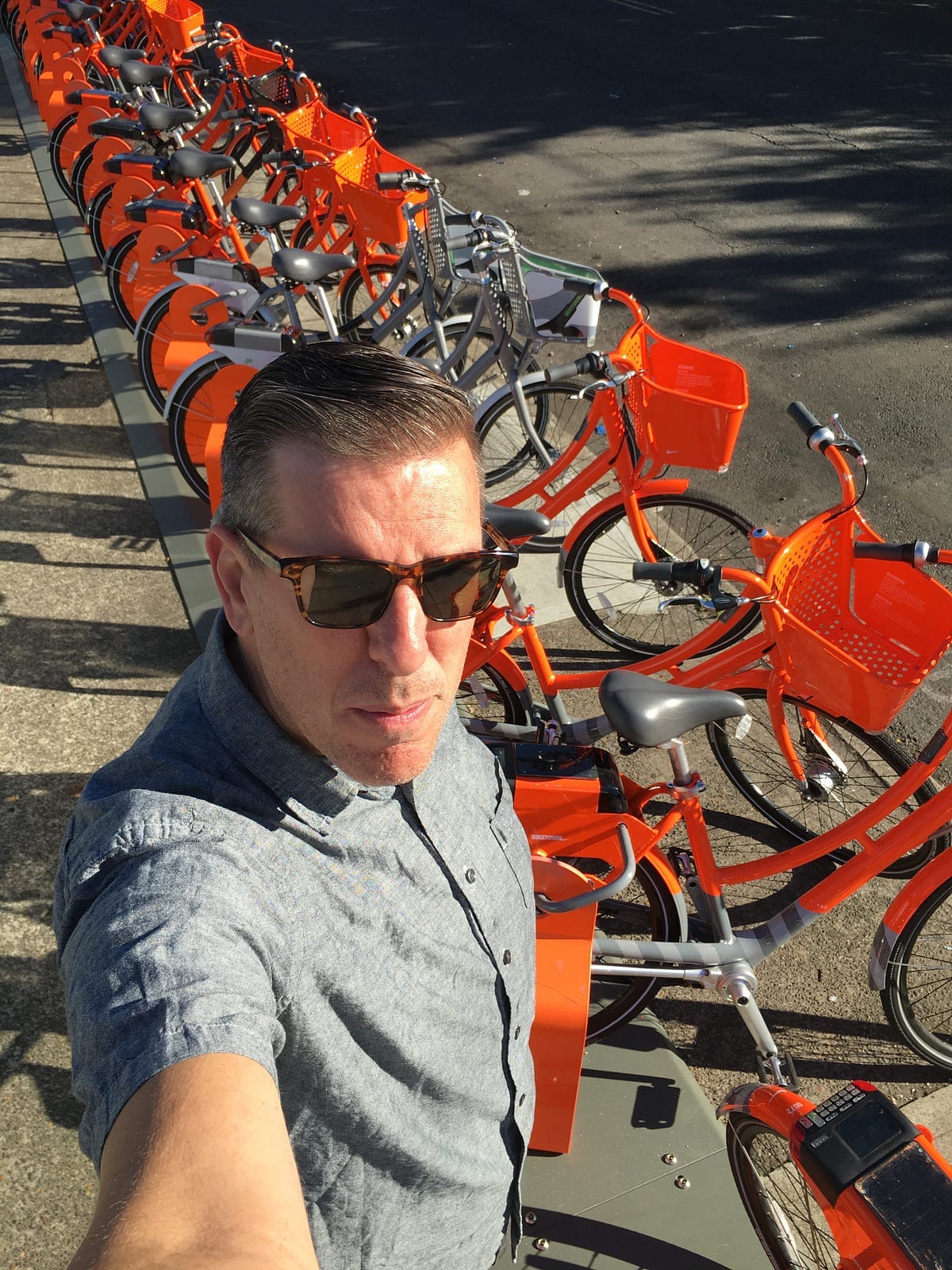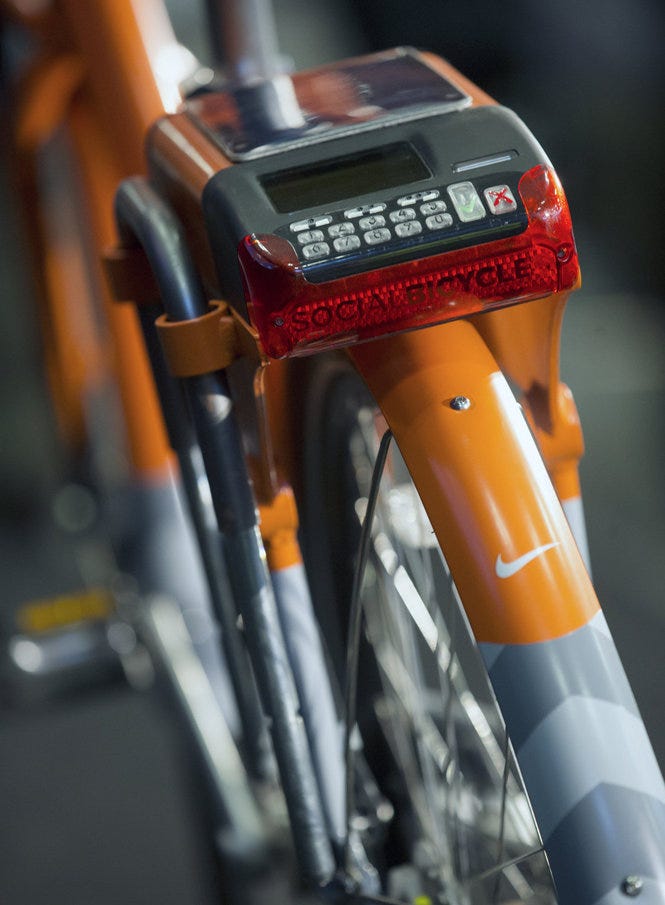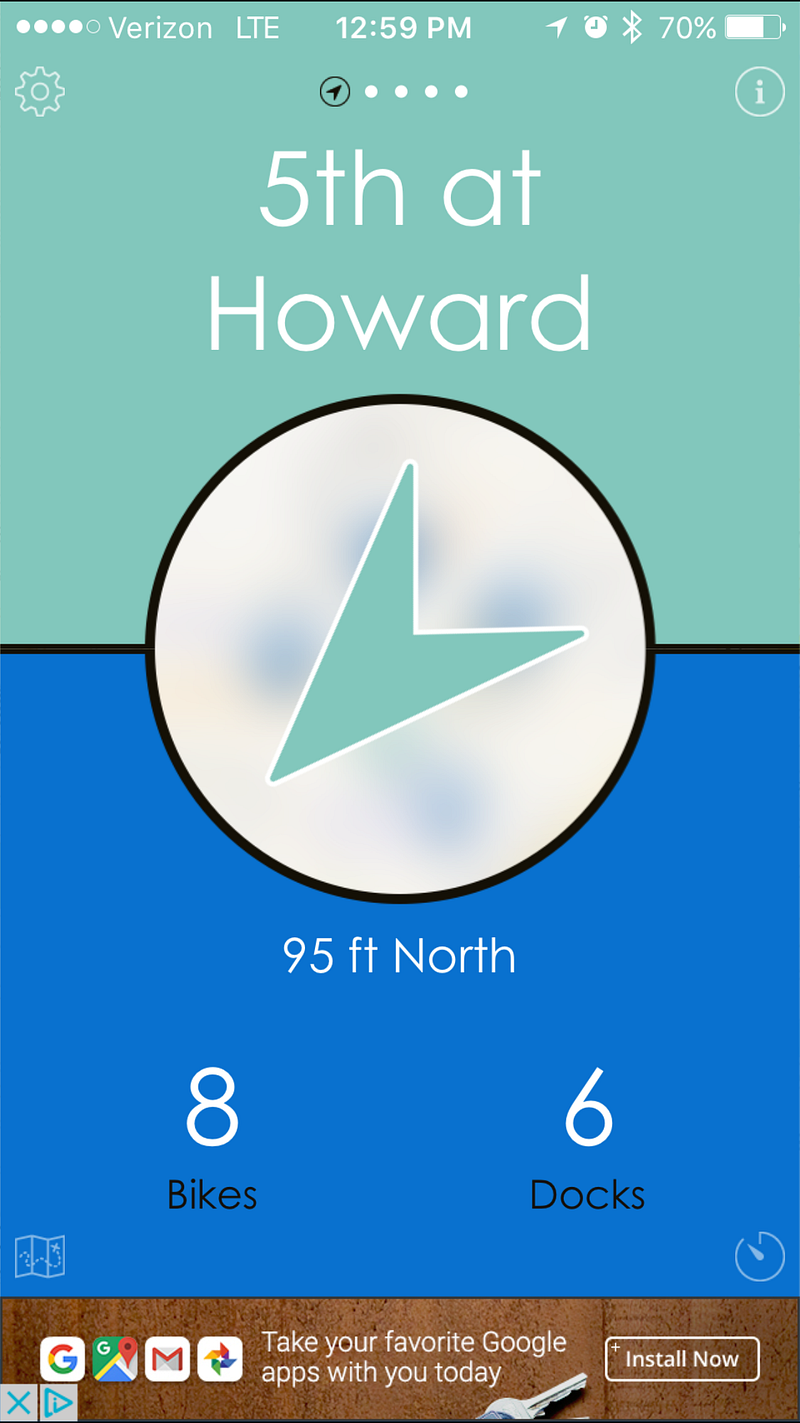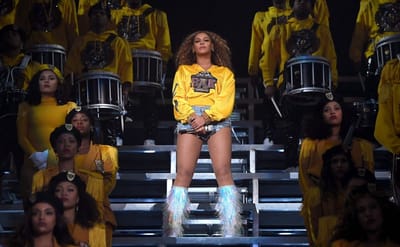Nike’s Biketown is the best bikeshare

Portland, Oregon recently (finally!) got a bikeshare system after about ten years of fits and starts and delays. The Nike Biketown system in Portland is the best one I've used because it builds on other systems’ limitations.
I’ve ridden Citibikes in NYC on multiple occasions, and they’re generally fun and good if you’re riding outside of heavy commuter hours when racks are either empty or overfilled (8–10AM/5–7PM), and you happen to have a rack near your hotel. They’re great for midday trips where there aren’t many options for east-west travel across Manhattan.
I recently spent four days in Portland using Biketown as part of the XOXO festival. The day after the conference, I flew to San Francisco and used the Bay Area bikeshare (largely a clone of Citibike NYC) for four more days. The differences between the two were night and day and it was illuminating to ride two systems back-to-back.

Better bikes
Portland’s bikes have a large proper basket up front with mesh and everything, all integrated into the handlebar design. Every time I jumped on a bike, I could empty my pockets of phones and keys and glasses cases into the basket and know nothing would fall out. SF/NYC shares have a package shelf with a bungee cord designed for a laptop bag or backpack. I couldn’t reliably keep a folded up jacket on my SF bike’s rack.

Better locks
SF/NYC shares rely on bike availability at both ends of your trip since the bike locks itself into the racks. That means you have to locate a rack with available bikes near you, quickly move to it, then search your destination for racks and hope the open spots to lock back up in are still there when you arrive. You can’t just leave one on the street.
Portland’s Biketown integrates the lock into the bike itself. Why is that good? It’s a giant U-lock that locks into the racks around the city, but you can also lock it to any pole, fence, or even nothing at all (bike has GPS, stealing one would be dumb).
If you show up to a full Biketown rack, you can lock your bike to a nearby pole and it still counts at the rack location. If you’re especially in a hurry, you can lock it up on anything, anywhere inside the coverage area for a $2 charge (if you locked it up completely outside the network of the last racks you can be charged $25). For emergency meetings across town, I will happily pay a couple bucks to show up on time and not waste minutes wandering for an open rack.

Better software
Another big advantage to the Biketown system: you can reserve a bike. When you see a rack near you with two bikes, and you walk down to get one, in SF/NYC you could often end up empty handed by the time you got to the racks. Biketown reserves a bike for you, tells you the number on the fender to look for, and waits ten minutes for you to pick it up.
Biketown also lets you hold a bike for up to 30 minutes during a trip. If you have to run an errand or two, you can ride over to a store, lock it up to a rack/post/tree and hold it for 30min, run your errands, then return to the bike to ride back. No one else can take that bike since you put a hold on it. After trying to run errands in NYC on a Citibike, I have to say Biketown is great for this, since on more than one occasion I dumped a Citibike then came out of a store or quick meeting to find none available for my return trip.
Better trips
In Portland, I could find a bike on the app, go on my trip, and find a rack nearby (there seem to be plenty scattered everywhere) or just lock it up and pay the small fee. In SF, I had to do significant planning before and during my trips. My hotel’s rack outside was empty for most of the day, so getting a bike was a challenge. Then I had to search the destination map, which seemed to put all the racks along Market Street or in SOMA, and I had to figure out where I could ditch the bike in an open rack before setting out. Each ride in SF required a good 5 minutes of extra planning and often included a 5–10min walk to get to my destination when no racks were nearby.
Downsides
Compared to other cities, there are a few downsides to Biketown. The system in Portland requires you to use a smartphone app, and to sign up an account with a credit card. That’s a huge hurdle and limits the potential audience to well-off people that can afford expensive phones and credit cards. It’s great to interact with an app instead of a slow touch screen on a street while pulling out your credit card like NYC and SF, but it also makes your first ride a tedious process of downloading an app, signing up, and creating an account that takes a good ten minutes to complete.
Starting a ride using the bike’s own keypad requires you to input your Biketown customer ID, which required me to run the app, find my account, and copy the number into the bike. Grabbing a bike in NYC or SF on a multiday pass was usually faster, just dipping a credit card to get a new bike code.
The lights on the Nike system are underpowered. On a few dark side streets a couple weeks ago, I could barely tell the headlight was working at all and it seemed to illuminate the bike’s front for car drivers to see me, instead of lighting the street up like a headlight. In NYC, the Citibike does a pretty good job illuminating the street and was bright enough to help me avoid potholes on trips.
The last thing is the Nike Biketown app’s mapping system is a little tedious and requires a lot of tapping around and scrolling. I like the SF Bay Area bikeshare’s app in that it defaults on launch to showing you the nearest station and how to get to it, which is probably what 90% of people running the app want to know first.

Seriously, it’s the best (for now)
Admittedly, I haven’t ridden the Chicago or DC or other big city bikeshares, and I’ve never used a bikeshare outside the US, but even with those caveats, I’d say the Nike Biketown system in Portland is pretty fantastic and solves a lot of problems I encountered in SF and NYC over the last couple years.
Hopefully, every new city coming online continues to innovate and sand down the hard edges of the experience, improving things along the way.
A note about helmets
Now that Biketown has been around a few weeks, I’m starting to see a great number of riders on them and I’d say about 25% seem to wear helmets. I am guessing they carry the helmets themselves (you could lash it to a backpack).
Personally, I’m ok with not wearing a helmet in slow city riding (even though I always wear one on long road rides and when racing my bike). Generally, cars in the US may give you more space when they can see you without a helmet, being vulnerable to injury, instead of padded up and looking like a warrior ready for battle. Everyone will have their own comfort level with the idea of wearing a helmet or not, but so far none of the bikeshare systems seem to address it much or offer easy options.
Subscribe to our newsletter.
Be the first to know - subscribe today



